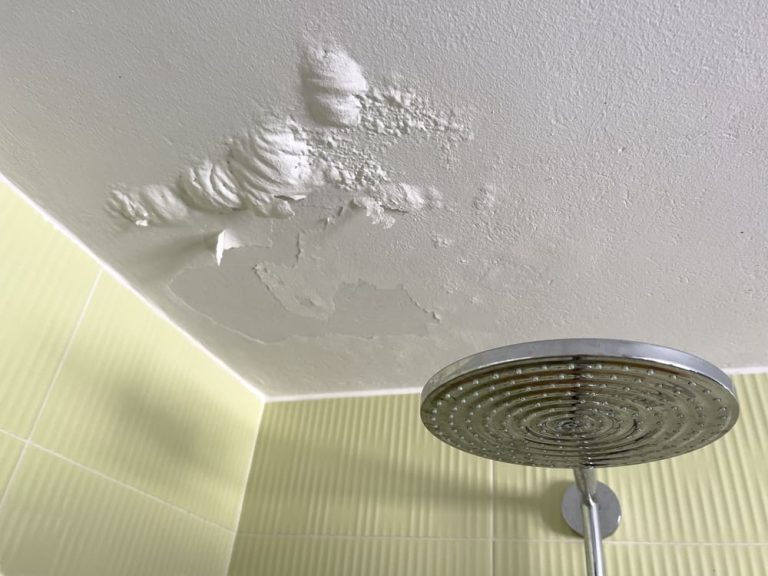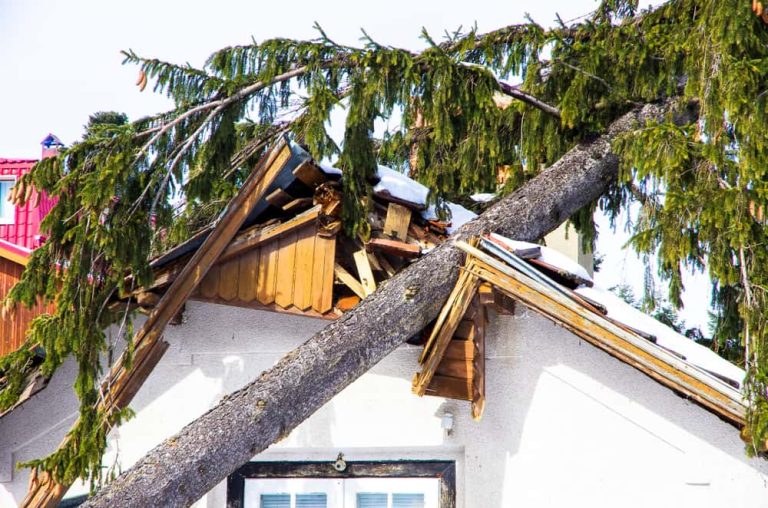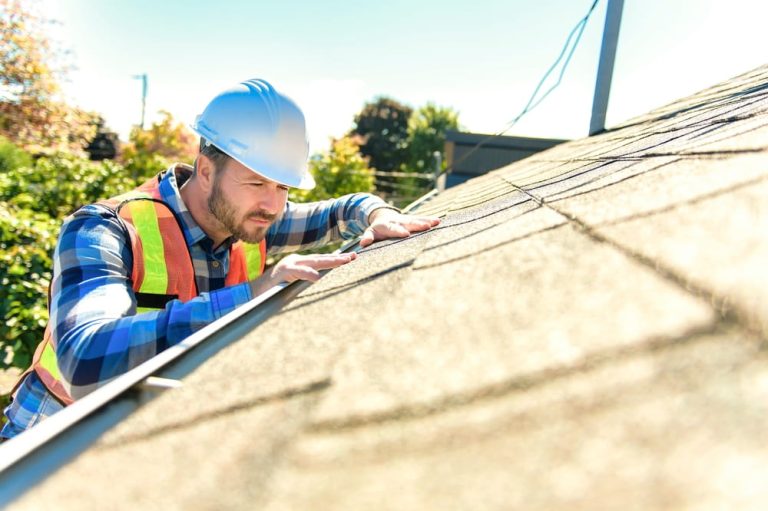Roof vents play a critical role in the overall ventilation strategy of a home, contributing to more efficient energy use and prolonging the life of the roof. They facilitate the escape of hot air that accumulates in the attic, which, if left unchecked, can lead to an increase in indoor temperatures. Proper attic ventilation, achieved through well-designed roof vents, helps in maintaining a cooler and more consistent indoor temperature, particularly during the hotter months.
Understanding the dynamics of hot air and the principles of convection is essential in recognizing the benefits of roof vents. As heated air naturally rises, it collects in the attic, a space that can significantly heat up due to direct sunlight on the roof. Roof vents, including the effective ridge vents, allow this hot air to exit, while cooler air is drawn in through intake vents, usually positioned at the lower parts of the roof. This continuous exchange of air ensures that the attic remains relatively cool.
However, there are misconceptions surrounding attic ventilation, such as the notion that roof vents increase heating and cooling costs. In reality, an efficiently ventilated attic can contribute to reduced energy costs by lessening the burden on air conditioning systems. The effectiveness of an attic insulation and ventilation depends on the balance between the air intake and exhaust, and not all roof vents provide the same performance, making it crucial to select the right type for one’s specific needs.
Understanding Roof Ventilation
Roof ventilation is an integral component of a home’s climate control system, serving to reduce heat buildup within the attic and subsequently cool the household. Proper ventilation is essential for preventing damage from heat and moisture.
How Roof Vents Facilitate Cooling
Roof vents work on the principle that hot air rises. They allow this warm air to escape, typically through the highest point of the roof, which is crucial for maintaining a cooler attic space. By facilitating the escape of hot air, roof vents contribute to a more balanced attic and indoor temperature, reducing the workload on air-conditioning systems. For instance, during summer, an attic can reach temperatures of up to 150°F (65°C), but with effective ventilation, this can be significantly mitigated, leading to a cooler home environment.
Types of Roof Vents
The functionality and efficiency of roof vents can vary depending on their design. Here are some common types of roof vents:
- Ridge Vents: Usually installed along the peak of the roof and considered one of the most effective exhaust vents. They allow for continuous air flow along the entire ridge, effectively removing hot air.
- Static Vents: These come in various styles, including roof-line or eyebrow vents, and are installed in an array of individual units to allow heat to escape.
- Powered Vents: Include fans that actively exhaust hot air from the attic but require a power source and typically involve higher installation complexity.
Each vent type has its own advantages and disadvantages, with factors like aesthetic preferences, the architectural design of the house, and regional climate conditions playing a role in determining the ideal ventilation system. For example, ridge vents are generally more aesthetically pleasing and efficient but may not be suitable for all roof types. Conversely, powered vents offer more control over ventilation but at an increased cost and energy use.
The chosen system should promote a continuous air flow, drawing in cool air from intake vents typically located in the eaves or soffits, and pushing out hot air through the roof vents. This balance is necessary for an effective ventilation system that helps keep the house cool.
Installation and Placement
Proper installation and strategic placement of roof vents are crucial for maximizing cooling efficiency. The impact of these factors can significantly alter the performance of a home’s ventilation system.
Optimal Roof Vent Placement
To ensure roof vents effectively aid in cooling a house, they must be strategically placed. Intake vents should be located near the roof’s edge or soffits, allowing cooler air to enter. Exhaust vents are best positioned near the ridge or peak of the roof, where hot air can easily escape. This placement leverages the natural flow of hot air rising to create a continuous airflow, which reduces the workload on cooling systems and improves energy efficiency.
Professional Installation Services
As top roof contractors, Pinnacle Home Improvements specializes in the correct installation of roof vents. Our expertise ensures that vents are not only properly sealed and leak-free but are also in the optimal location for a particular roof’s configuration. Through professional installation services, homeowners can rest assured that their attic ventilation will be effective, durable, and contribute to the overall cooling and energy efficiency of their home.
Benefits of Roof Vents
Properly installed roof vents bring several advantages to a home, most notably in enhancing home comfort and providing potential energy savings. They play a crucial role in regulating the temperature by allowing hot air to escape, thus contributing to a cooler and more pleasant living environment.
Enhancing Home Comfort
Roof vents actively contribute to home comfort by maintaining a balance between air intake and exhaust. This balance helps to minimize the extremes of indoor temperatures, particularly in the attic. Vents work by allowing hot, stale air to exit the home, facilitating a more consistent temperature throughout the living spaces. During summer months, roof vents can help to prevent the buildup of superheated air in the attic space. This is not only uncomfortable but can also affect the temperature in the inhabited areas of the home.
Energy Efficiency and Cost Savings
In terms of energy efficiency, roof vents play a pivotal role. By allowing hot air to leave the attic, the interior of a home stays cooler, which can lead to a reduction in the use of air conditioning. This, in turn, may result in lower energy bills. Effective attic ventilation can also prevent ice damming in colder climates, which can cause damage and lead to additional energy costs. Roof vents can also reduce the strain on HVAC systems, potentially extending their lifespan and yielding further cost savings in the long run.
Roof vents are instrumental in maintaining a comfortable home environment while also providing energy efficiency, which can lead to cost savings. By facilitating the escape of hot air, they enhance the coolness of a house and alleviate the workload on cooling systems.
Identifying Ventilation Needs
Proper attic ventilation is crucial for maintaining a comfortable and energy-efficient home environment. Effective ventilation ensures that superheated air does not build up in the attic, contributing to cooler interior temperatures during warmer months.
Recognizing Ventilation Issues
Signs that a house may need additional roof vents include inconsistent indoor temperatures, overheating in upper rooms, and ice dam formation during winter seasons. One may notice that the air conditioning system struggles to maintain a consistent temperature, or energy bills might be higher than expected due to the cooling system working overtime.
Other indicators include moisture accumulation in the attic, which could lead to mold growth or structural damage, and premature aging of roofing materials. Attic ventilation plays a pivotal role in prolonging the lifespan of the roof by preventing the buildup of heat and moisture.
It’s important to evaluate the existing vent system to ensure it’s balanced between intake vents and exhaust vents, creating an efficient airflow through the attic. In many cases, the addition of ridge vents might be necessary, which are designed to run along the top of the roof and offer a seamless aesthetic.
Professionals can assess the proper ventilation requirements by calculating the ratio of ventilated space to insulated attic space, a method endorsed by building codes and roofing manufacturers alike. Proper attic and roof ventilation are essential not just for protecting a roof system, but also for ensuring that the home remains comfortable and energy-efficient year-round.
Maintenance and Best Practices
Proper maintenance of roof vents is crucial for ensuring they function effectively to help cool a house. Adhering to best practices for the upkeep of these systems is integral to achieving the maximum cooling benefits.
Keeping Vents Functional
- Regular Inspection: One should inspect roof vents periodically to ensure they are free of debris and damage. Obstructions can impede airflow, diminishing the cooling effect.
- Cleaning: Vents should be cleaned as needed, removing any dirt, leaves, or nests that may have accumulated, which could affect performance.
- Repair and Replacement: Any signs of wear or damage to the vents should prompt immediate repair or replacement to ensure continuous, efficient operation.
- Calibration: Roof ventilation should be properly calibrated, as having the right amount of ventilation is crucial; too much or too little can negatively impact the cooling efficiency.
- Balance: It’s important to maintain a balance between intake and exhaust vents to facilitate the natural flow of air; this often involves a combination of soffit vents and ridge vents to create an effective circulation system.
- Professional Assessment: Periodic evaluations by a professional can help maintain optimal performance and cooling benefits, as they can offer tailored advice and solutions specific to one’s roofing system.
By following these straightforward maintenance steps, roof vent systems can continue to significantly contribute to the cooling of a house.
Dispelling Myths
When it comes to roof ventilation and its effect on home cooling, there are numerous misconceptions that can lead to confusion. It’s crucial to address these myths with accurate information to make informed decisions regarding home ventilation.
Challenging Common Misconceptions
- Myth: Roof vents are only beneficial in winter climates.
Fact: Proper roof ventilation is essential year-round. It prevents moisture build-up in the winter and reduces heat in the attic during summer. - Myth: Vents increase heating and cooling costs.
Fact: Efficient attic ventilation can actually lower heating and cooling costs by moderating attic temperatures and reducing the load on HVAC systems. - Myth: The more vents, the better.
Fact: Like sizing an HVAC unit, attic ventilation requires balance. The right amount of ventilation prevents problems associated with both under- and over-ventilation. - Myth: One type of vent is sufficient for proper ventilation.
Fact: A balanced ventilation system usually includes both intake and exhaust vents, working together to circulate air effectively through the attic.
If you have any additional questions about roof vents, don’t hesitate to reach out to our team and ask.













